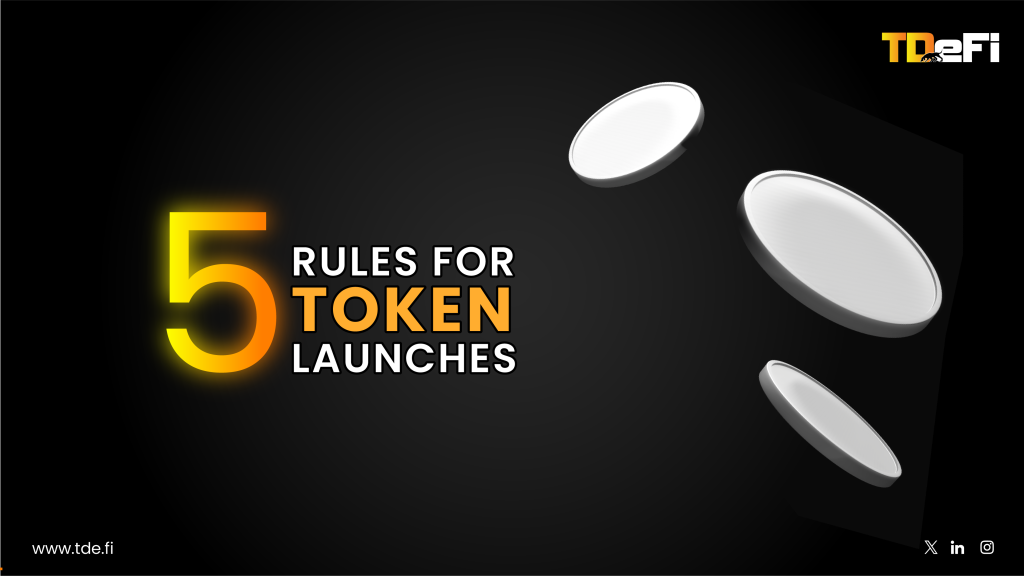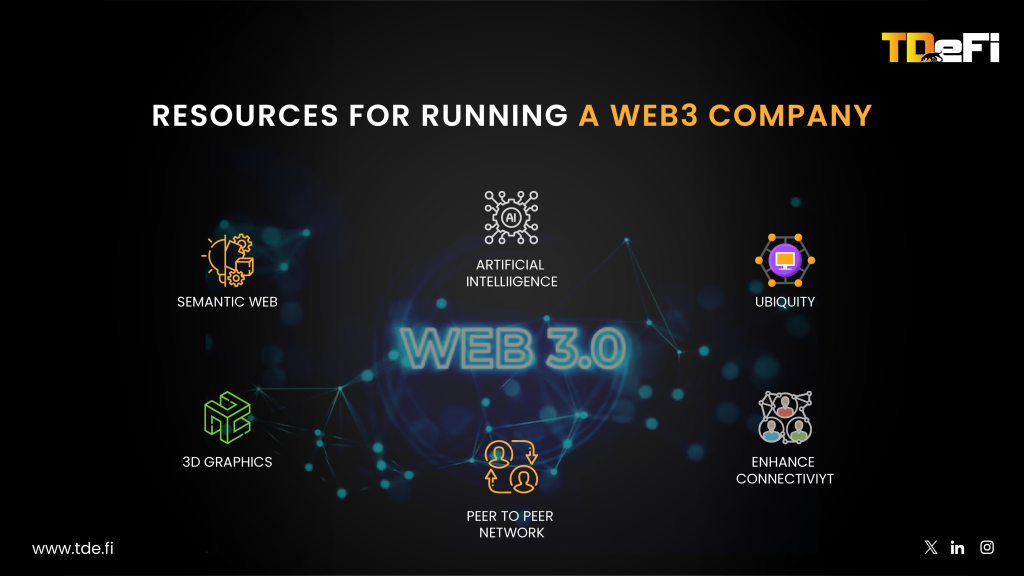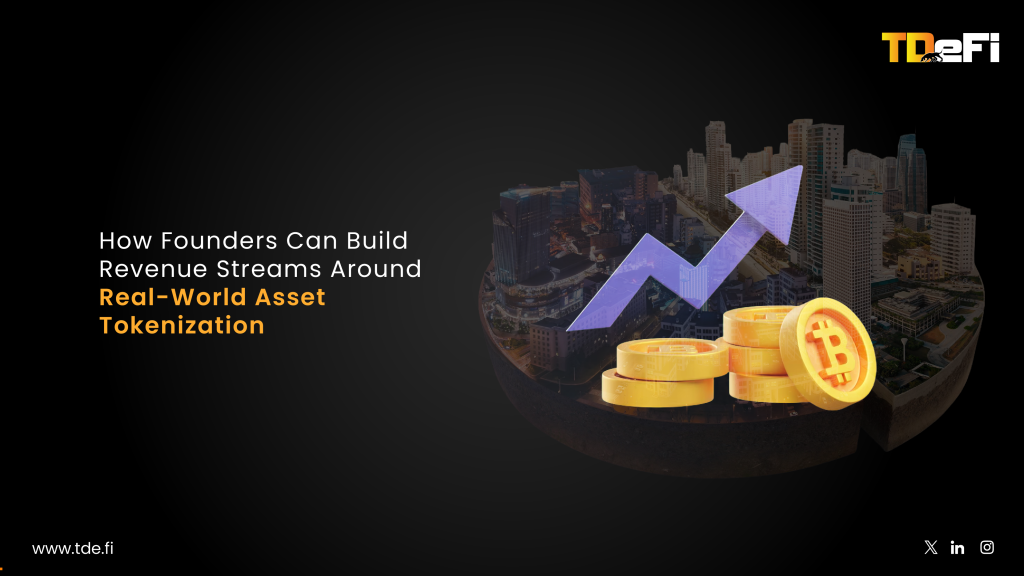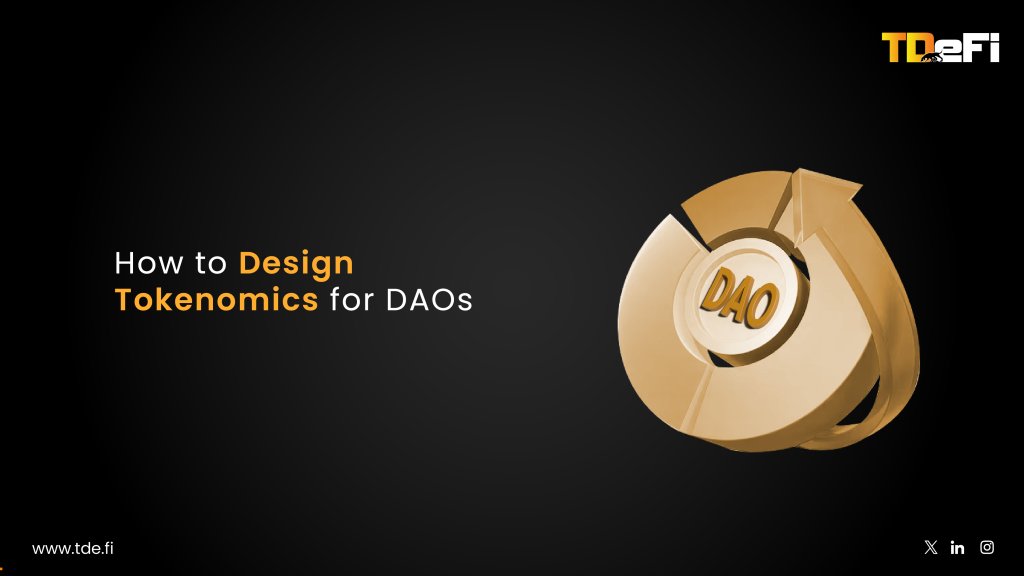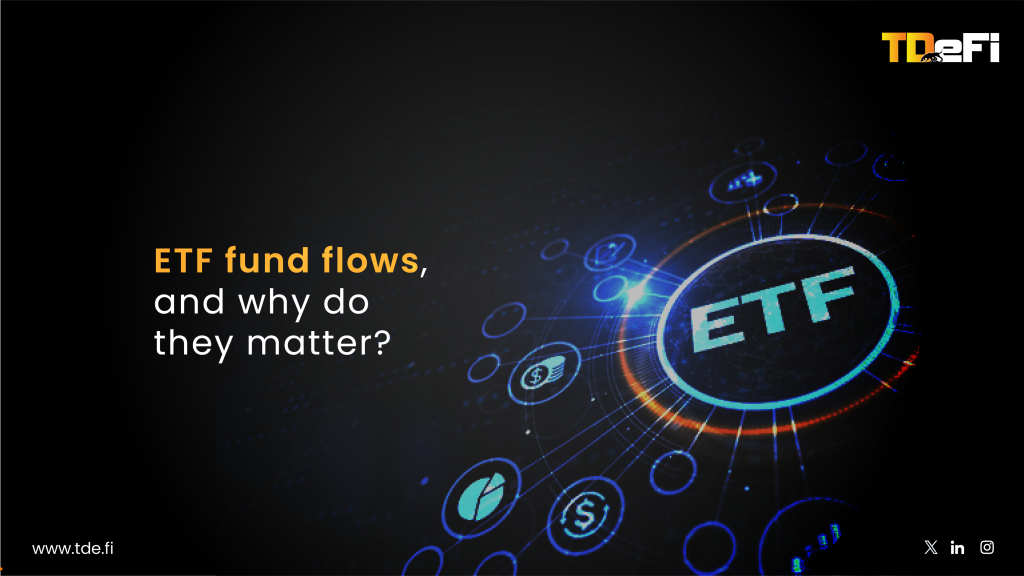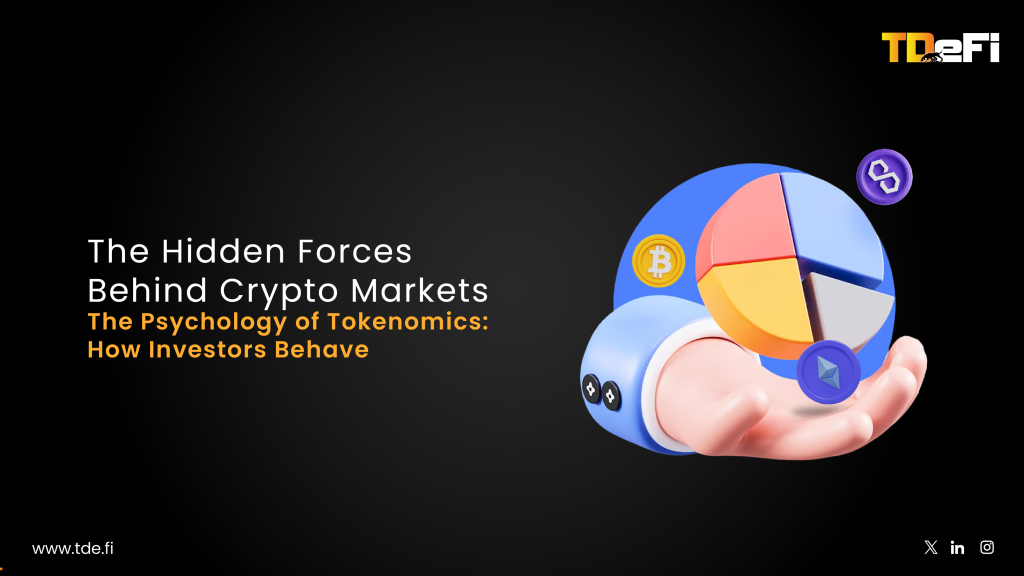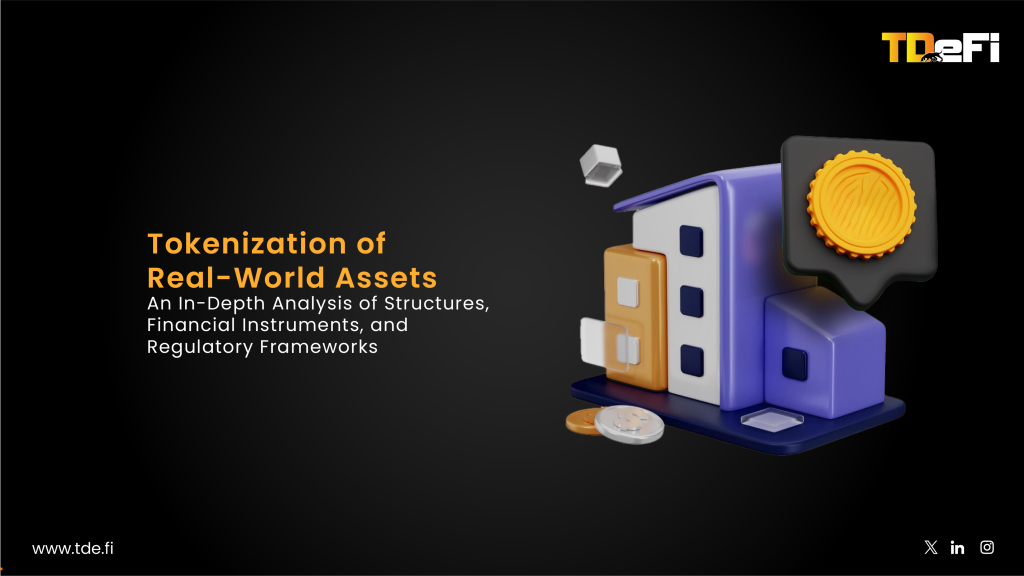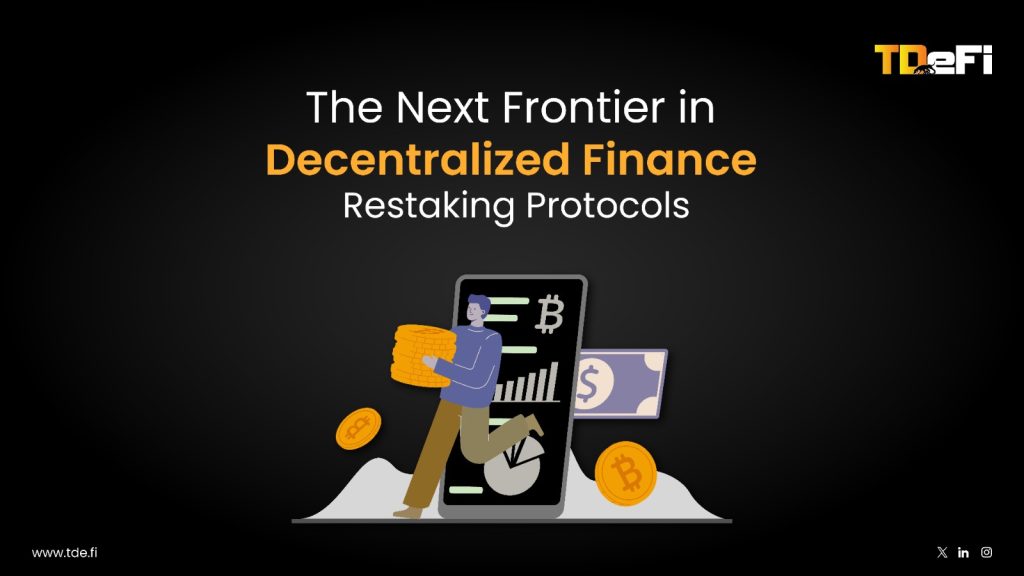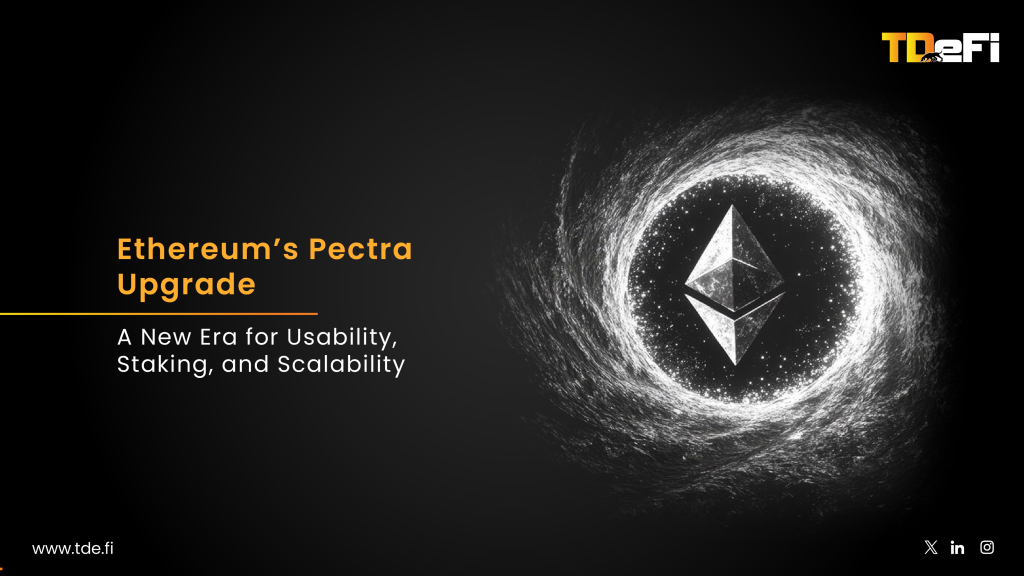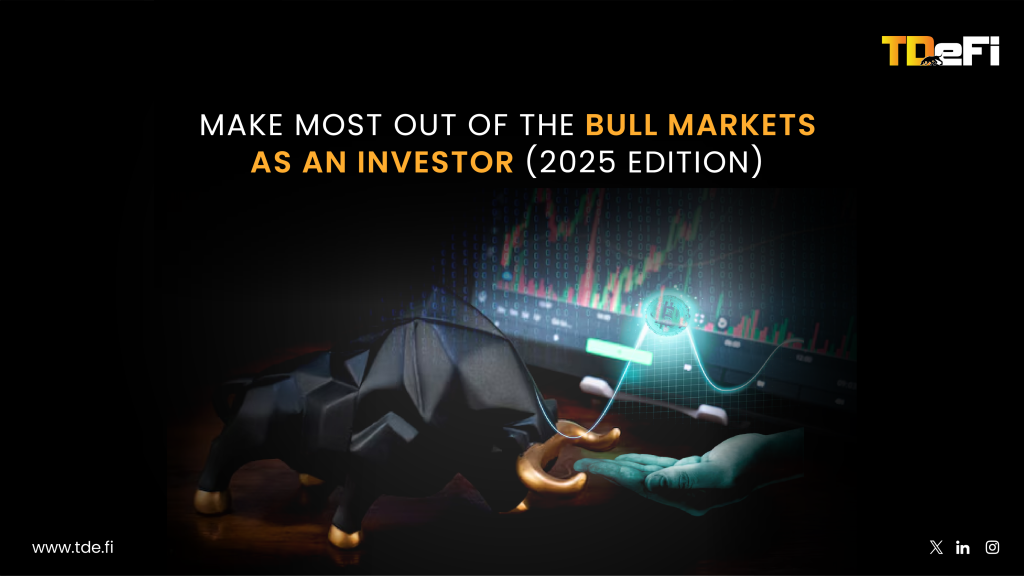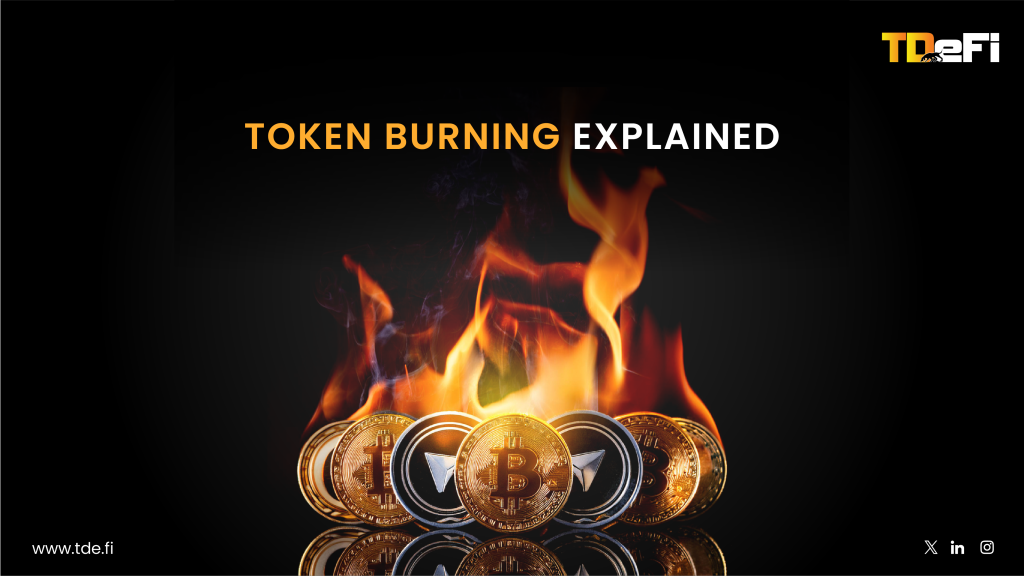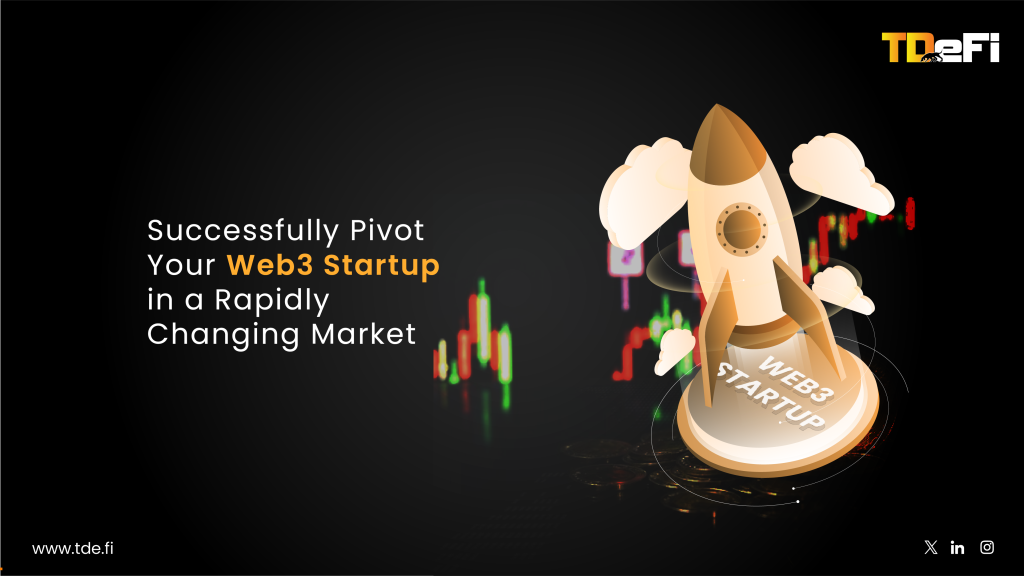TL;DR
No serious crypto investment strategy can exist without a deep understanding of tokenomics, which is the core integration of economics, incentives, and protocol design. This blog moves beyond surface-level metrics, showing founders and investors how to analyze supply mechanics, emission schedules, market cap dynamics, and incentive structures using up-to-date, real-world examples.
Introduction
As Web3 founders and investors, we know that the true differentiator between a protocol that explodes and one that fizzles is its economic design. Tokenomics governs not just how tokens are created and distributed, but how value is captured, how incentives are aligned, and how communities are empowered to participate for the long haul.
As the crypto market matures and institutional capital pours in, the bar for robust, transparent, and adaptive tokenomics has never been higher. Projects like Bitcoin and Ethereum have set the gold standard for scarcity and adaptability, while new entrants like SUI and BNB are experimenting with innovative models for value accrual and supply control. For founders, a deep understanding of tokenomics is now table stakes for attracting serious investment and building resilient ecosystems. For investors, it’s the lens that separates hype from substance.
Let’s burrow down this rabbit hole now.
Embracing the World of Tokenomics
Tokenomics-the science of how tokens are created, distributed, and accrue value-is the foundation of any serious cryptocurrency investment strategy. It’s not just about price movement; it’s about understanding the mechanisms that drive user behavior, protocol adoption, and long-term value. By analyzing a project’s market cap, supply schedule, emission rate, and utility, savvy investors and founders can compare protocols on fundamentals, not just hype.
Supply Dynamics in Tokenomics
Circulating Supply
This is the number of tokens currently available for trading and liquidity. It’s a critical metric for assessing potential price movement and market depth. For example, Ethereum (ETH) began with a relatively small circulating supply, which increased rapidly as mining rewards were distributed, then stabilized with the introduction of staking and fee burns.
Max Supply
Max supply is the hard cap on the number of tokens that will ever exist. Bitcoin (BTC) exemplifies this, with a fixed max supply of 21 million coins-driving digital scarcity and long-term value. In contrast, Dogecoin (DOGE) has no max supply, resulting in continuous inflation and a fundamentally different investment profile.
Total Supply
The total supply of a token includes all tokens created minus those permanently removed from circulation, typically via token burns. This supply metric can differ from the max and circulating supplies, impacting investment decisions.
Market Cap Metrics in Tokenomics
Market Cap and Fully-Diluted Market Cap
Market cap, calculated by multiplying the circulating supply with the current token price, is a vital indicator of a cryptocurrency’s market value. The fully diluted market cap, on the other hand, uses the maximum supply for calculation. These metrics can provide insights into the potential growth or contraction of a token’s value.
Example: SUI launched with a fixed supply of 10 billion tokens. Its FDV is closely monitored by investors to assess inflation risk and long-term price potential.
Strategic Approaches to Tokenomic Investment
1. Analyzing Token Emission Rates
The emission rate-how fast new tokens are released-directly impacts inflation and price. Bitcoin’s halving event, which cuts emission every four years, has historically triggered supply shocks and multi-year bull cycles. In contrast, projects with aggressive emission schedules often face rapid dilution and price pressure.
2. Considering Supply-Side Dynamics
Investors must monitor upcoming token unlocks, vesting cliffs, and burn events. For instance, BNB’s quarterly auto-burns permanently remove tokens from circulation, supporting price and reducing inflation. Conversely, projects with large scheduled unlocks (e.g., early-stage DeFi protocols) can see significant downward price pressure as new supply enters the market.
3. Evaluating Market Cap Dynamics
Comparing market cap to FDV is essential for understanding a token’s current versus potential valuation. A high FDV relative to current market cap may signal significant dilution ahead. For example, Uniswap (UNI) has a large portion of tokens yet to be unlocked, so investors track both metrics to anticipate future supply shocks
Practical Investment Insights
Realistic Price Forecasting
Forecasting future prices requires understanding both market cap and supply. For tokens with large circulating supply but no max cap (like Ethereum pre-EIP-1559), price increases are harder to sustain unless demand grows proportionally. Post-merge, Ethereum’s net supply has actually decreased by over 300,000 ETH, creating a deflationary environment that supports long-term value
Utilizing Tokenomic Resources
Platforms like CoinMarketCap, CoinGecko, and CryptoCompare provide comprehensive tokenomics data, including supply schedules, market cap, and unlock events. These resources are essential for monitoring not just price, but the underlying mechanics that drive value.
Tokenomics in Popular Cryptocurrencies
Bitcoin (BTC)
Bitcoin’s tokenomics are defined by its fixed 21 million supply and halving emission schedule, which creates predictable scarcity and has historically driven long-term value. Each halving reduces new BTC issuance by 50%, with the most recent halving in 2024 cutting block rewards to 3.125 BTC
Binance Coin (BNB)
Binance Coin started with a particular maximum supply but introduced a deflationary mechanism through periodic “burns” of the token. This process reduces the overall supply, potentially increasing the value of the remaining tokens, and represents a unique approach to managing supply and boosting value.
Ethereum (ETH)
Ethereum’s tokenomics is characterized by its lack of a fixed maximum supply, differentiating it from Bitcoin. Ethereum’s supply increases over time through mining, but with the introduction of Ethereum 2.0 and the shift to proof-of-stake, new dynamics like staking rewards come into play, influencing its total and circulating supplies. This evolving model showcases how tokenomics can adapt to technological advancements in the blockchain sphere
Uniswap’s tokenomics focus on decentralized governance and community participation. UNI holders can propose and vote on protocol changes, while liquidity mining and fee distribution incentivize active participation. The 2020 airdrop set a benchmark for community engagement and transparent token distribution.
Why Tokenomics Matters for Investors and Founders
Tokenomics is about understanding the incentive structures, value accrual mechanisms, and supply dynamics that drive a project’s long-term viability. Projects with transparent distribution, great utility, and adaptive emission schedules consistently outperform those with vague or inflationary models.
Here are some key takeaways:
- Incentives and Rewards: Well-designed tokenomics align user behavior with network growth. For example, MakerDAO’s MKR token is used for governance and stability, while Chainlink’s LINK rewards node operators for securing oracle data.
- Distribution and Transparency: Projects like Arbitrum have prioritized community and ecosystem allocations, reducing centralization risk and building trust.
- Adaptability: The best tokenomics models evolve with technology and market needs, as seen in Ethereum’s transition to proof-of-stake and ongoing protocol upgrades.
Closing Thought
Investing in cryptocurrencies through the lens of tokenomics requires a deep understanding of market dynamics, token supply metrics, and market cap analysis. A deep grasp of market forces, token supply, and market capitalization, especially their real-world application, equips you for confident and insightful decisions.
Gain that strategic edge with TDeFi. We empower founders and investors to design, evaluate, and optimize token economies for tangible impact. Explore our expertise here!











